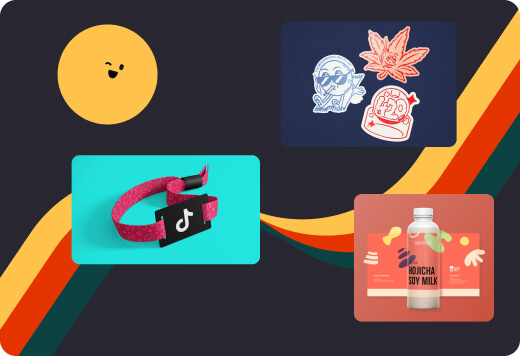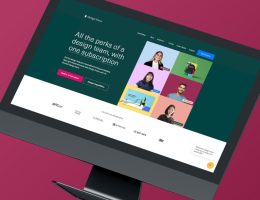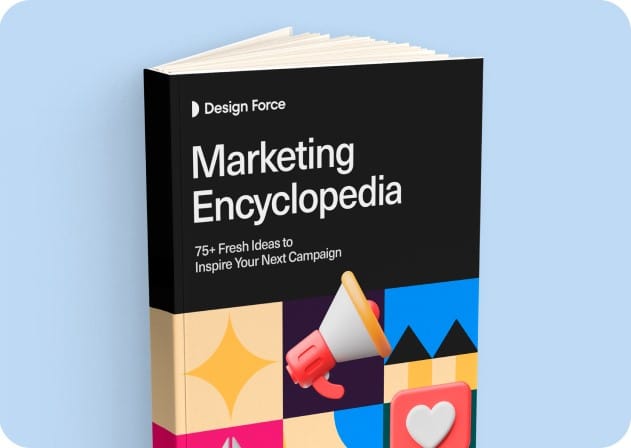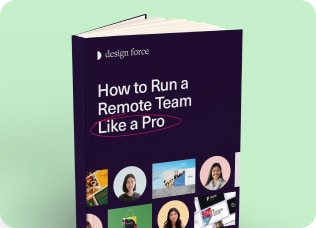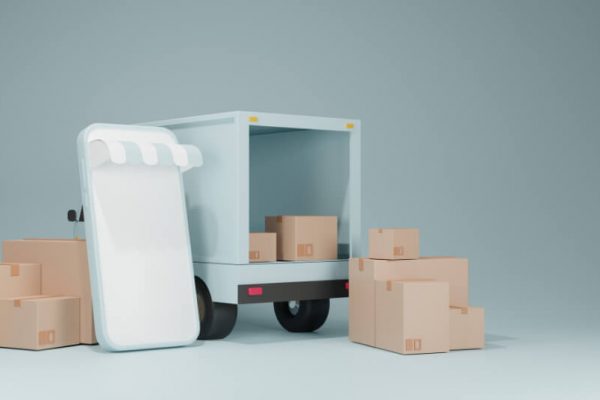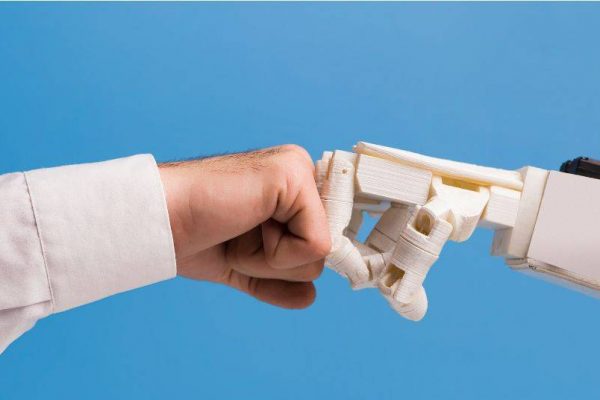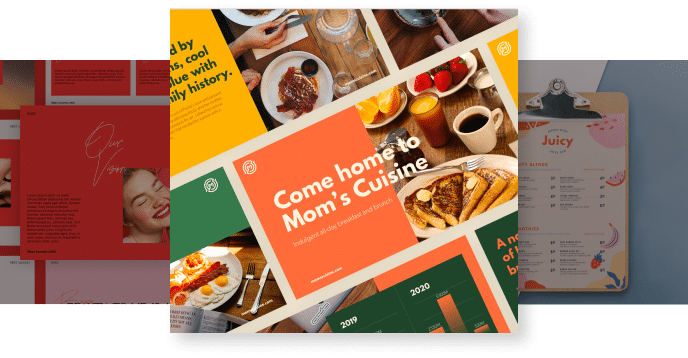This is where DesignOps comes in—one of the recent approaches to cost-efficient design operations that have catapulted to fame, thanks to how effective it is at maximizing a design team’s value and impact. In this article, we’ll dive deep into the crucial process of increasing your design capacity and effective capacity examples.
The Birth of DesignOps
DesignOps (or Design Operations) is a relatively new discipline that was a product of the increasing demand for design production in the past decade. It is both a structural change and a cultural shift within an organization. It recognizes the reality that an effective design process requires not just streamlining operations but also sharing an efficiency-led mindset within the team, regardless of company size.
Many experts believe that the principles underpinning DesignOps have been around for decades, but it was only until circa 2015 that the name truly came to form. DesignOps is, in fact, inspired by the discipline of DevOps. The two share the same philosophies, practices, and tools, except the latter is applied in the context of delivering applications and services.
The need for this new discipline was born out of specific challenges that designers face, including:
- Designers often working in isolation from other departments
- Innovative design tools and solutions are becoming more complex
- No mature career paths for designers
- No clear specialization
- No strategic role for design, only a production role
- The need for speed of delivery
Due to how effective it is, notable companies have adopted DesignOps over the years, including Airbnb, Honeywell, Pinterest, and Intel.
The Benefits of DesignOps
If we want to define design capacity in operations management, we must first understand that there is nuance when it comes to the design process. However, not everyone in an organization understands this language, resulting in an ever-growing pile of work on a designer’s plate, often hampered by endless meetings, calls, and emails. There is also the issue of not having the right tools in place, which further slows down production. While deliverables may be accomplished, it could come at the cost of unnecessary back and forth, and eventually, burnout.
At its core, this discipline removes bottlenecks and any manner of inefficiencies. When you follow its principles, DesignOps can grant your organization these benefits:
- The ability to track and measure design quality
- Improved coordination and communication across departments
- Onboard new team members easily
- Allow current designers to better understand the tools required to perform their tasks
- Opportunities for skills training
- Lets your designers focus on their tasks
- A standardized process so everyone will be on the same page from the onset
The Inner Workings of DesignOps
DesignOps focuses on three key areas, namely people operations (setting every designer’s career path), business operations (acquiring the necessary tools and equipment for designer success), and workflow operations (the production process itself).
In application, DesignOps doesn’t follow a one-size-fits-all design capacity process, as this would depend on your own company’s needs. It does, however, follow three key objectives:
1. Improving the cohesiveness of the team
Creating an environment of open collaboration is the heart of every team effort. This discipline makes sure the team works as one organism moving towards the same goal, while still respecting each individual’s contribution.
Skills should be varied so each designer can contribute what they do best, but these specializations should, ultimately, complement each other. Roles and responsibilities should also be established from the get-go.
2. Ensuring there are adequate tools for efficient delivery
Optimizing the workflow calls for a standardized design capacity process that includes acquiring design tools that are best used for efficient delivery, establishing realistic timelines, and knowing which tasks to prioritize.
3. Fostering a proactive, design-forward culture
For this culture to be built, you need to establish quality indicators and metrics. This will make it clear how each designer’s deliverables will be measured.
The entire organization also needs to have a design-aware mindset. This allows everyone, even those who may not be well-versed with the nuances of design, to understand both the productive and strategic role design plays towards the company’s goals.
Scaling Your Design Capacity Efficiently
Now that we have established what is design capacity, the next point to tackle is: Does your company need a design operations role? The consensus is that if your design team has 40 to 50 people, you need a dedicated person to take on DesignOps, as this will make coordination across all projects much easier.
However, even a small organization can benefit from embracing a DesignOps mindset. With standardized design capacity processes and workflows, you would already have the foundation needed to easily scale when the time comes.
But what if you don’t have the resources to implement DesignOps in your organization?
You have the option to reach out to third-party services like us here in Design Force. We will function as an extension of your design team, allowing you to focus on core strategic tasks while we take care of production.
With us on your side, you’ll be able to scale with high-quality outputs and faster turnaround times. And with our flexible design team and subscription plans, you will only pay for what you need and nothing more.
Reach out to us today and let’s discuss how Design Force can be a powerful new tool in your team’s workflow.
